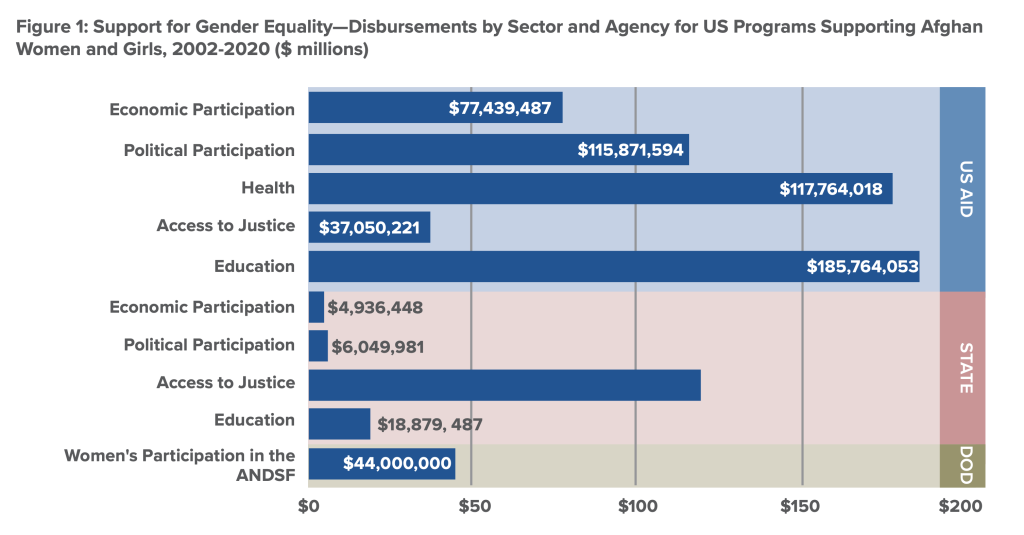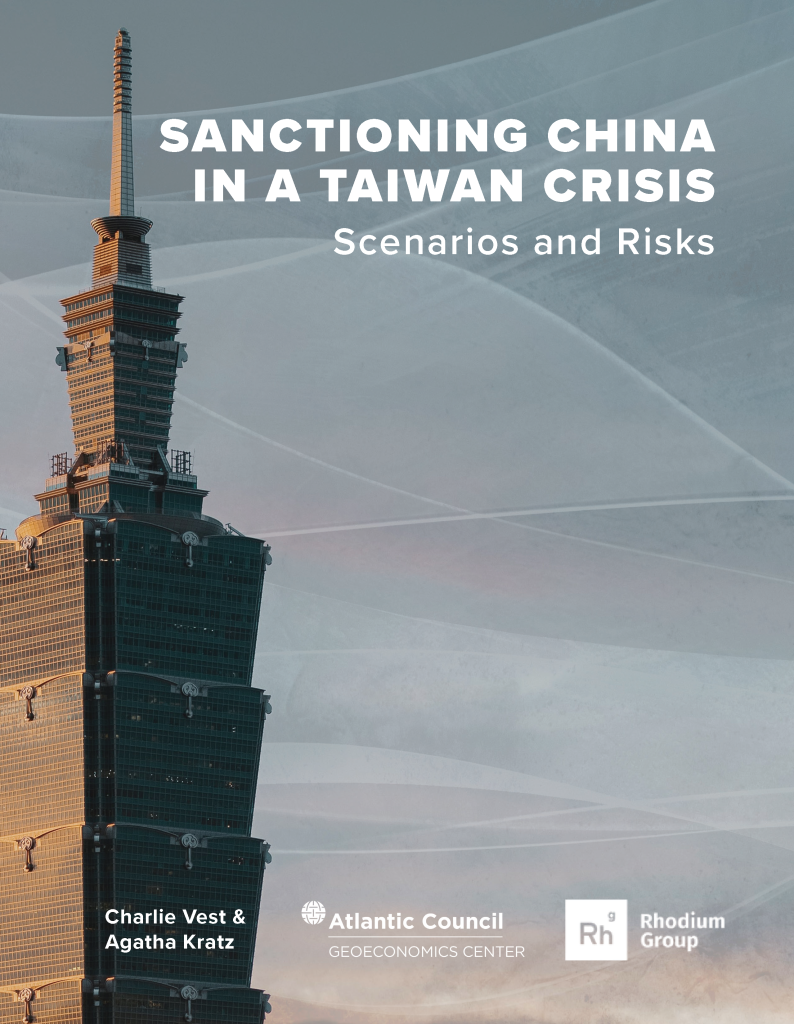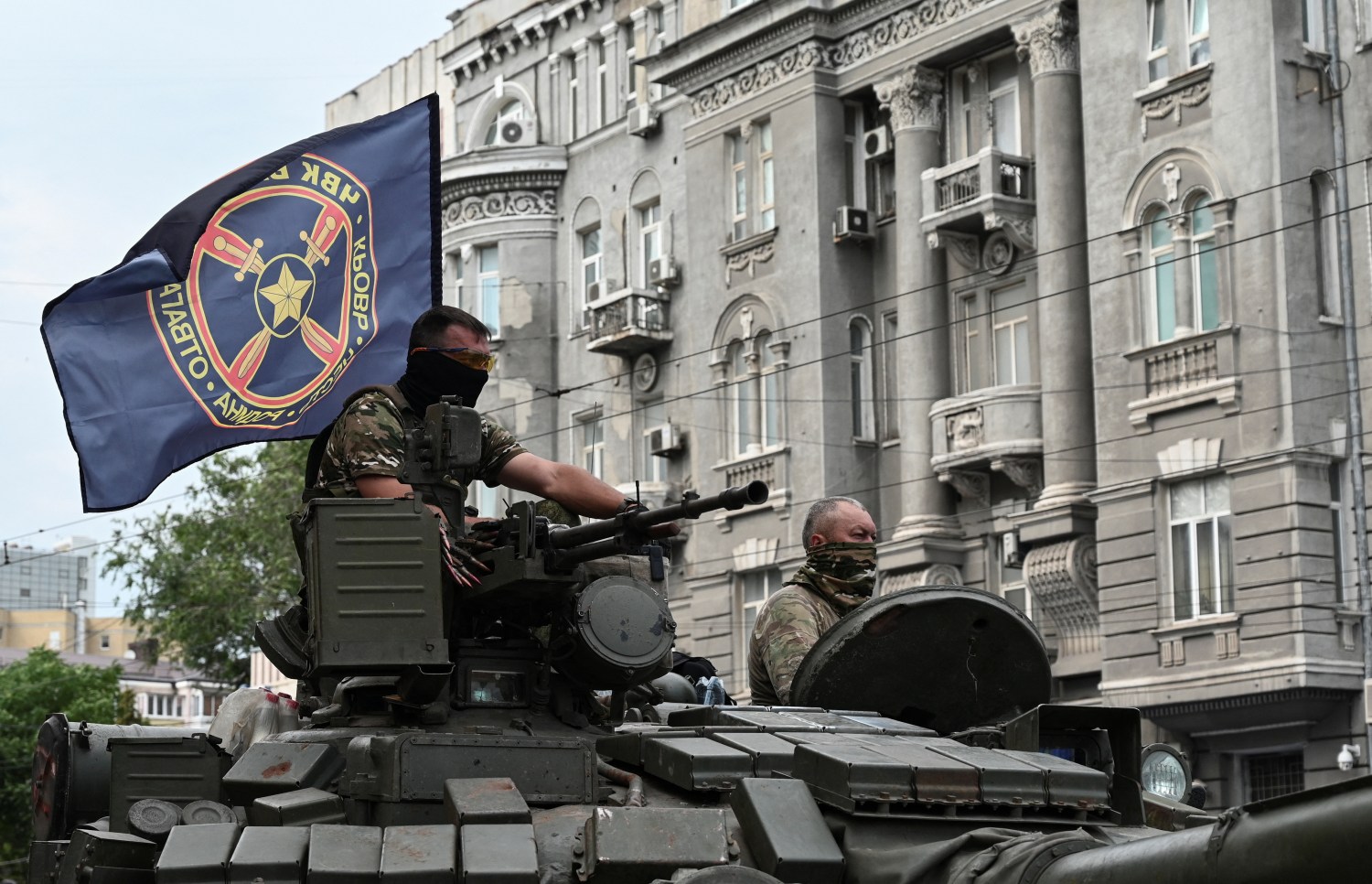KONARK BHANDARI
For some time now, it has been almost conventional wisdom that states that trade with each other have less of an incentive to act with hostility toward each other. It was believed that economic interdependence would help prevent aggression.1 This argument is being severely tested when it comes to relations between China and the United States. While the prospect of any military conflict between them is low, there has been an undeniable surge in tension in their trade relationship.
Rising tensions have set China and the United States on a gradual economic decoupling. The technology export-control measures that were unveiled by former U.S. president Donald Trump’s administration in May 2019 and May 2020 have not been rolled back by the subsequent Joe Biden administration, and they have set both countries striving for self-sufficiency. Nowhere is this more evident than in the semiconductor industry.
The last few years have seen a pressing shortage of semiconductors, which matters greatly since the industries of the future will be heavily reliant on chips. Semiconductors will be critical to the foundational technologies of artificial intelligence (AI), 3D printing, the Internet of Things, and advanced robotics, and any shortage in them will hurt not only the economic prospects of technology companies but also of countries that hope to deploy such technology. Semiconductors have long been critical to the functioning of various industries, ranging from aerospace to automobiles. An estimate put the number of industries impacted by the recent global semiconductor shortage at 169.2
 Source: SIGAR, February 2021 report on Support for Gender Equality, 40.
Source: SIGAR, February 2021 report on Support for Gender Equality, 40.









 MANPADS in Ukraine
MANPADS in Ukraine


